What Is Note Taking?
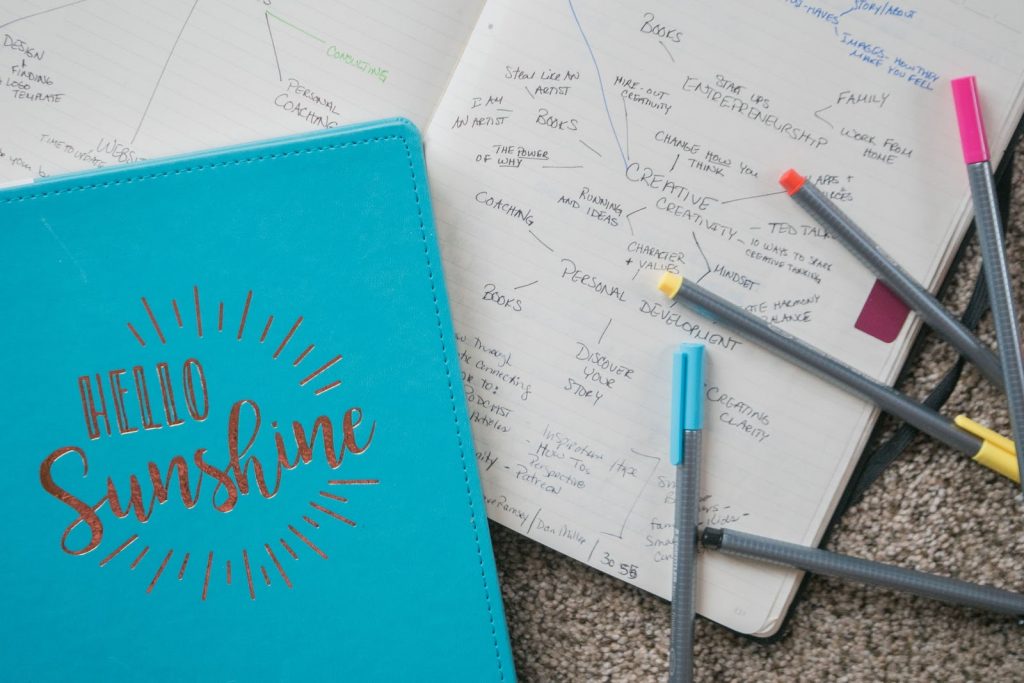
Note taking is essentially the practice of writing down important pieces of information to help one revise and recall.
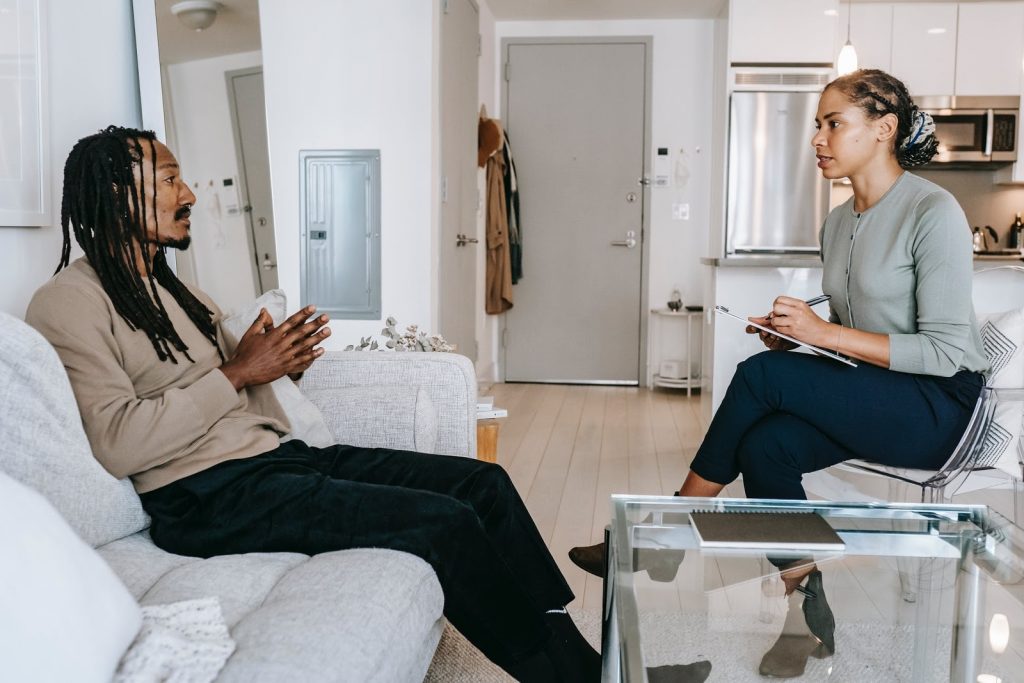
You’ll often see interviewers, therapists and employees in a meeting jotting down points in their trusty notebooks. Why do they do so? One reason could be to help them remember important points that they may have forgotten. Another reason could be to eliminate the need to memorize the facts entirely as they have been written down. By taking notes, you are making it easy for yourself, as well as other readers, to read, revise and recall information from different sources.
There are several ways to take notes but it all comes down to individual preference. If you really wanna be more productive when it comes to note taking, I hope the following tips help you!
Fundamental Choices
- Choose: Digital Notes or Handwritten Notes?
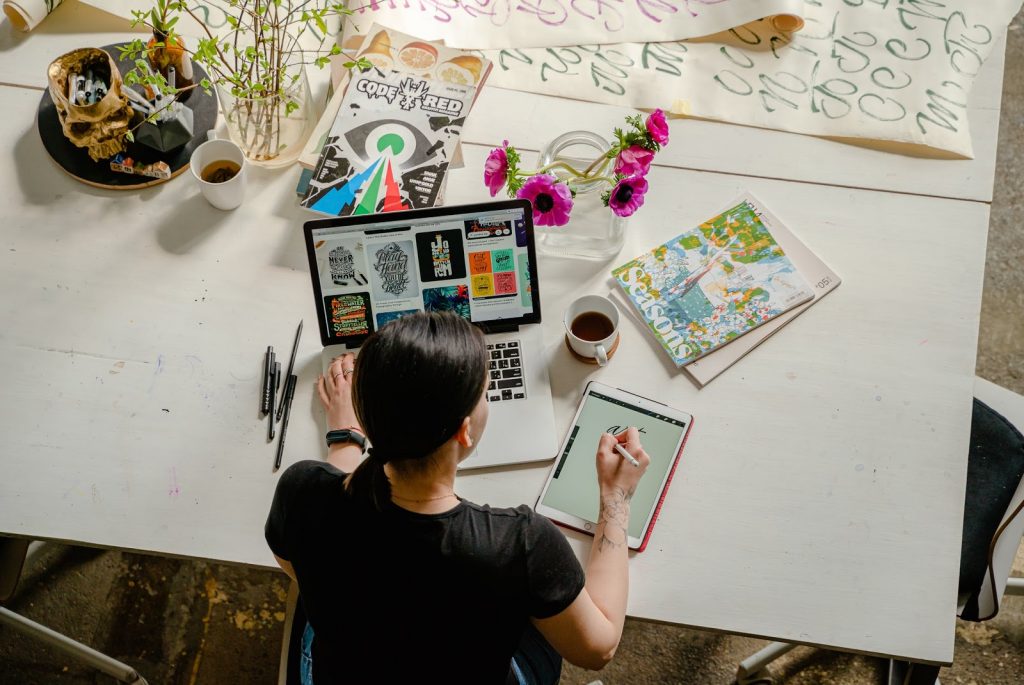
First and foremost, you have to figure out how you want to take notes. Do you want to use a software to keep all your notes in one place? Do you want to write everything down in a notebook to have a physical copy of it? Each has its own advantages.
For instance, when it comes to note-taking, digital notes are relatively new. You can use any application that enables you to type documents if you like typing. If you want to write it down digitally, there are several applications where you can do so. These applications have features with which you can write with a variety of colours, be able to ensure straight lines, add pictures or graphs and so much more! Some of these applications allow you to sync your notes so you can access them from any device with your account. As a bonus, you’re not using, and therefore, wasting paper. Sounds pretty cool to me! My best friend has recently started taking down notes digitally, and she loves using GoodNotes.
I, on the other hand, am pretty much old school when it comes to note taking. I always prefer to write my notes in a copy. This is how I’ve always studied. I find that it helps to open a PDF version of textbooks or slides on the screen and make notes from it. Taking notes in a physical copy by hand helps me to memorize and retain information. I follow a system of using headings, subheadings, arrows, dots, boxes and abbreviations to make my notes easier to understand. Due to the pandemic, my screen time stats have been really bad because of online classes, the usual scrolling and obviously, Netflix. Hence, by taking notes by hand, I can ensure that I’m not staring at the screen of an electronic device too long. Read our article on how to deal with excessive screen time for more tips!
- Invest In Good Stationery (And Storage!)
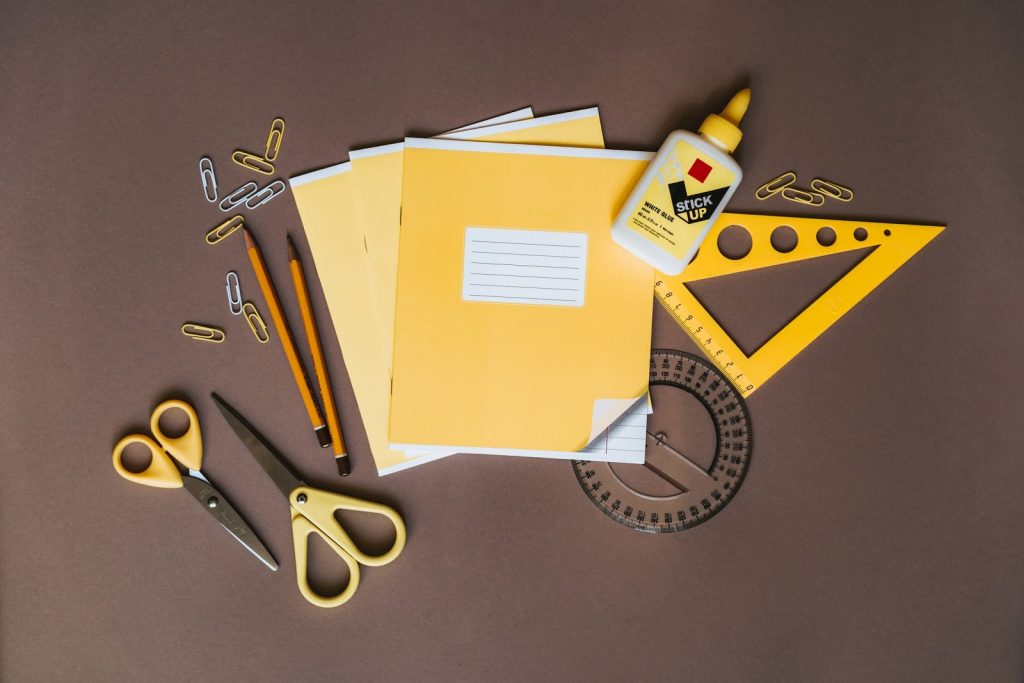
Call me crazy, but I truly believe that your choice of stationery will directly affect your handwriting and neatness when you write. Personally, my handwriting depends on a lot of things – the kind of pen I’m using, how I’m feeling, the subject and so on. If you’re a stationery-hoarder like me, you’ll probably run out of space sooner (and more often) than you’d think. That’s why it’s just as important to get good holders, trays or storage boxes to organise your stationery neatly. Looks aren’t important, but it helps if you have a pretty set-up like the one below!
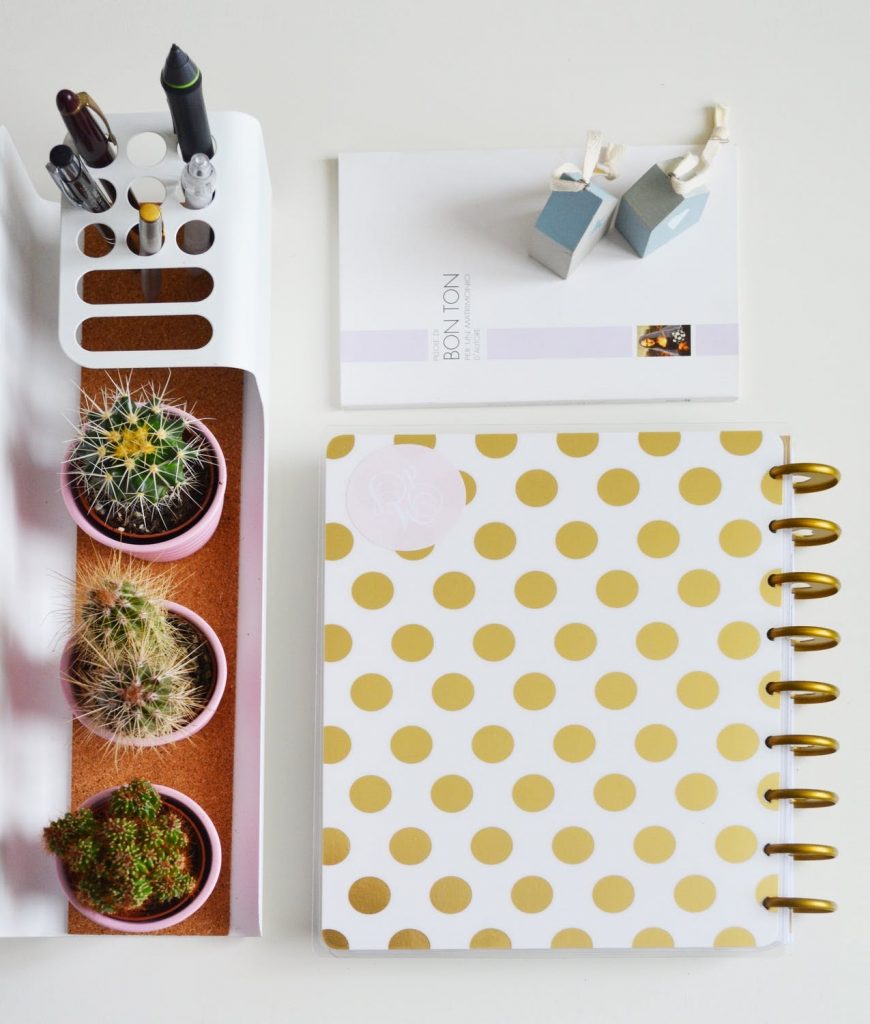
I usually buy most of my stationery from Blue Pebbles! Check out their page for some really cool stuff!
- Decorate Your Desk

This is totally optional but it always helps to decorate your desk! When your desk looks clean and tidy, you’re likely to feel motivated to take notes for your studies or work. Note-taking may be a monotonous task for some and so, small improvements like this can definitely help. I’m not saying you should have a fake plant on it or something, but you could if you want to! Add some lights. Hang motivational posters. Get bookends. Make your study space look so good that it will make you want to study.
More often than not, my desk is an accurate representation of what’s going on in my mind. When it looks spotless, you know I’m in a good place mentally. However, whenever it has notebooks piled-up or pens and other stationery scattered around, it is usually like that because I’m way too stressed out. Stress doesn’t motivate me to do anything, let alone take notes and study. So, even on the bad days, I try my best to keep my desk well kept.
Tips And Tricks
- Stick To A Pattern
This is almost like how you probably use the same filter on all your Instagram pictures to maintain a cohesive feed. A pattern refers to how you write your notes. What colours you use to differentiate different topics or sources, how you divide your page into columns, what sequence you follow and so on. The idea is to pick a pattern that works best for you and stick with it. By doing so, you’ll be more organised. it will also save you time in trying to figure out where to start or how to write everything down. You can look up note-taking methods and find several. Pick a style that suits you or devise your own system. One of the most popular note-taking methods is the Cornell method.
- Keywords and Symbols
When it comes to note taking, it’s really easy to forget that you’re simply writing down the most important pieces of information. While everything might seem significant, you really have to pick out the most vital facts. Use keywords and short sentences to make it really quick and easy to read. I personally love using symbols and abbreviations in my notes. For instance, I often use “w/”, “w/out” and “b/c ”instead of “with”, “without” and “because” respectively to save time and make my notes concise. Here are some more from the University of Adelaide!
- Keep It Neat
You don’t necessarily need to have good handwriting in order to keep it neat. It is important to focus on your study material so you have fewer chances of making errors. Digitally, you can always click “undo” and write it again if you’ve made a mistake. However, when you’re writing in a notebook, errors can’t be masked unless you’re using erasable pens. Another tip is to never overwrite or use “^” to write something above. To me, it looks very out of place. You could use whiteners or masking tape but I prefer neatly crossing it out with one straight line.
- Highlight!
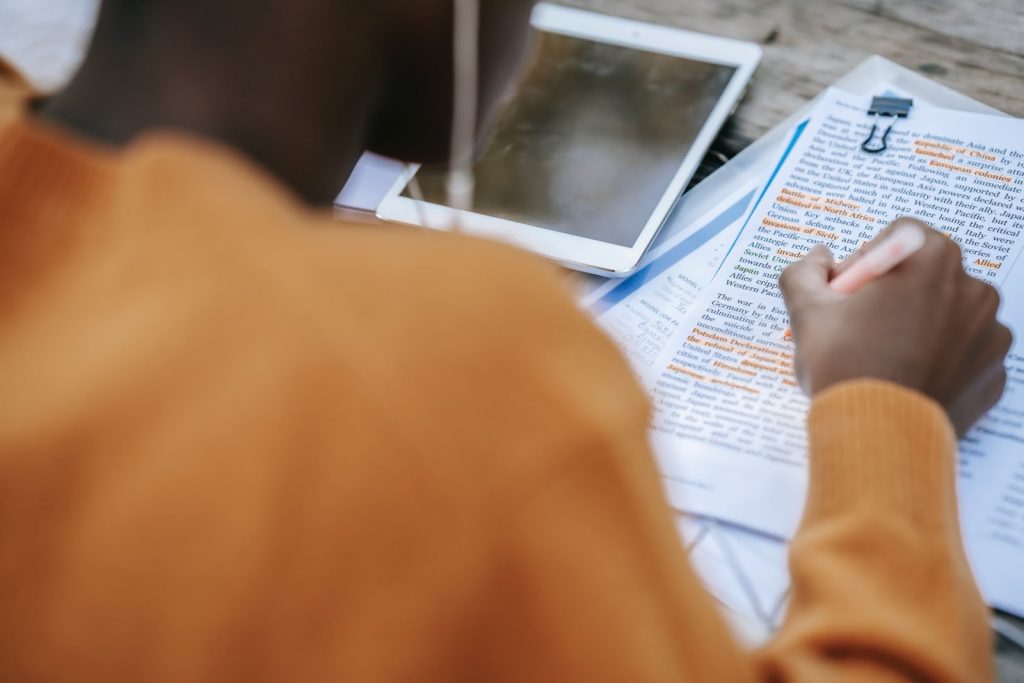
No, I don’t mean using fluorescent, neon highlighters. While the whole point of it is to make texts pop as you’re reading them, highlighting doesn’t necessarily mean using fluorescent highlighters. Back in sixth grade, a friend of mine used to highlight using colour pencils. She’d draw a box over the word and lightly fill it in. While it wasn’t as vivid as it would’ve been with fluorescent highlighters, it served the purpose of making the word stand out. You can also underline the word using different colours to do so. Personally, I love using neon highlighters, pastel highlighters and everything in between. My favourite ones are the Zebra Mildliners!
I hope this guide has been helpful for you. Share your own note taking tips with us in the comments and subscribe to our newsletter for more!
























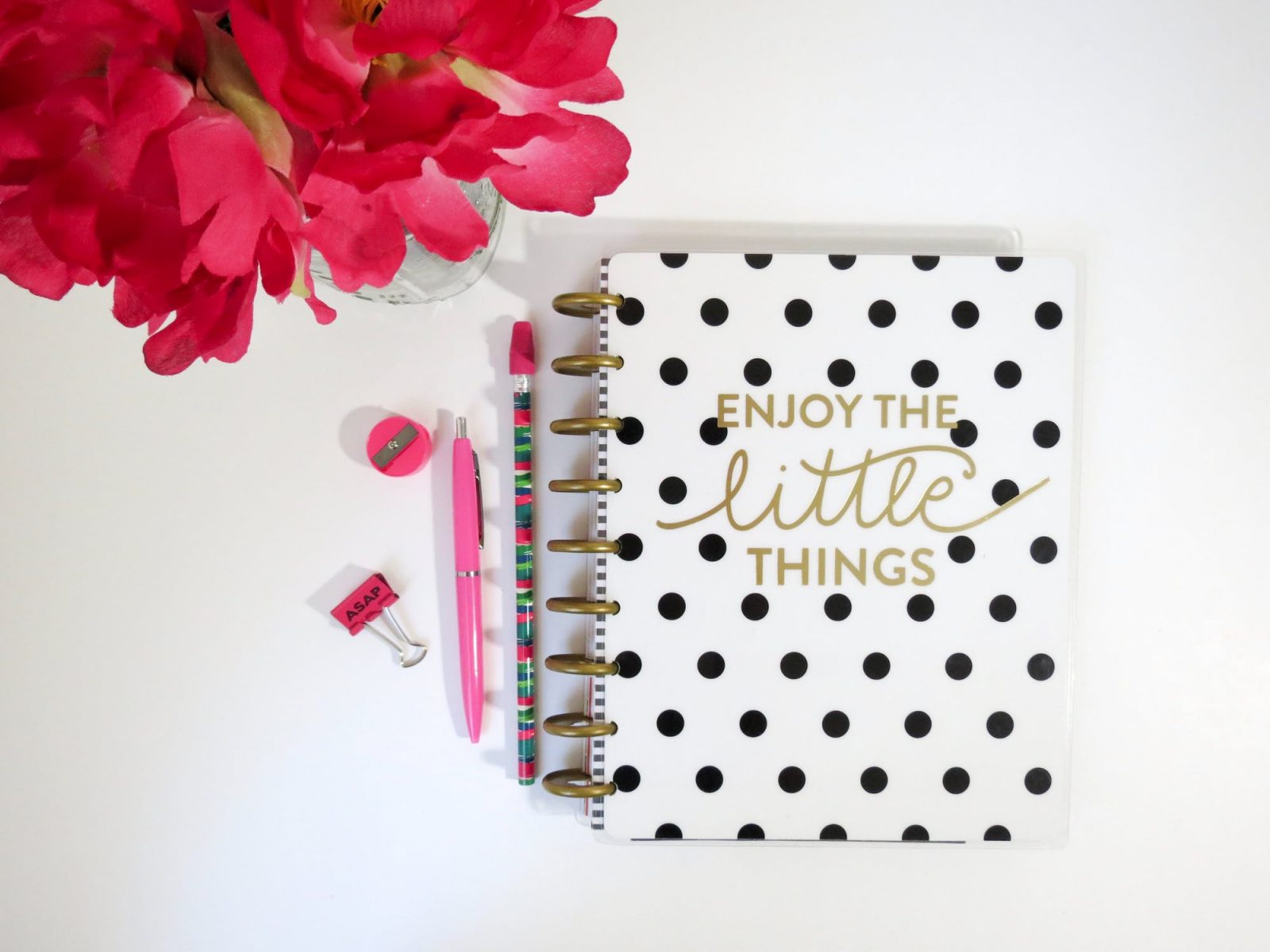
Leave a Reply